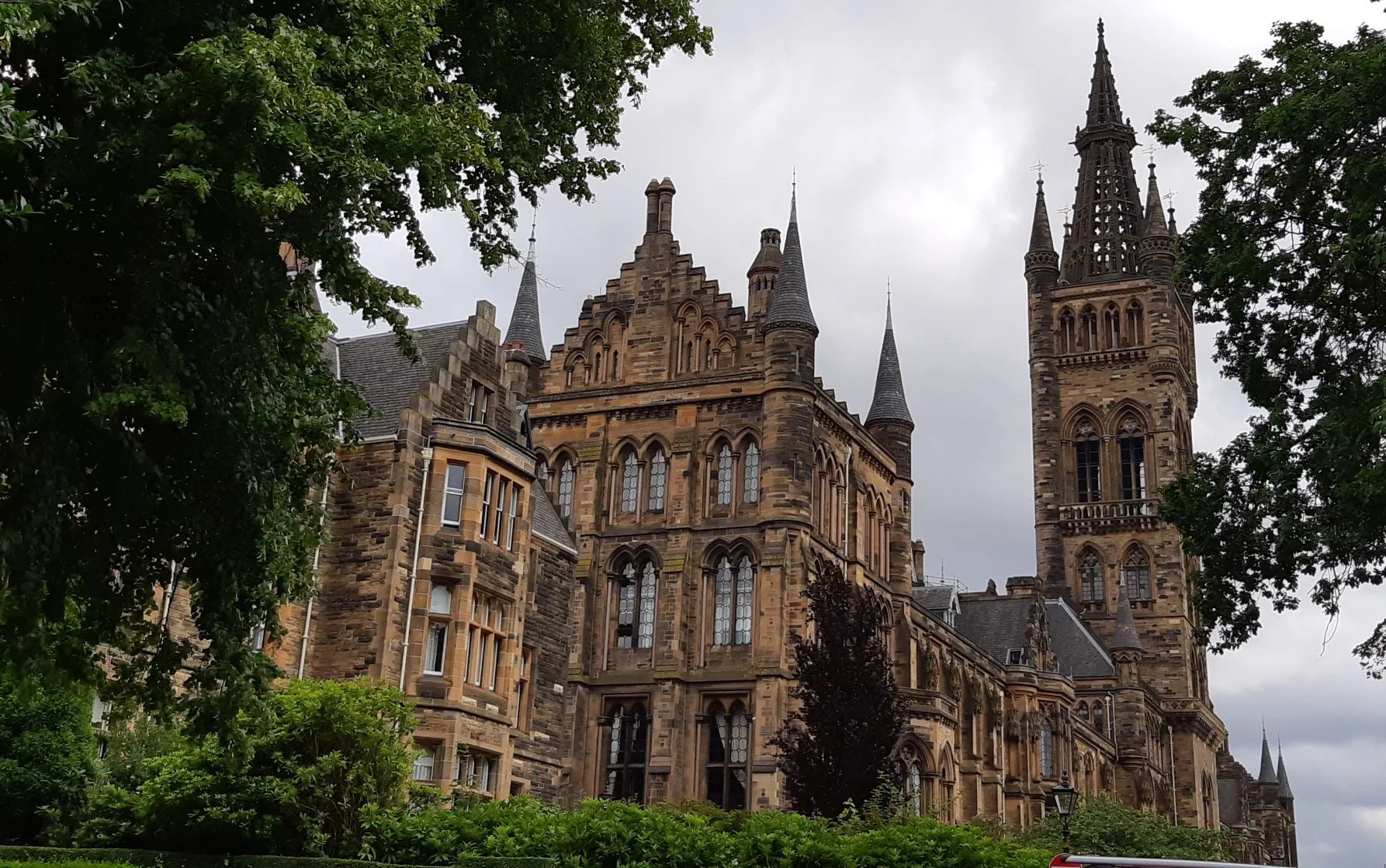After our visit to Hadrian’s Wall, we drove our motorhome Vtee, north-west to the Solway Firth and into Scotland. Our first stop there was the historic Caerlaverock Castle.
The castle is an interesting ruin that was once a moated triangular castle built in the 13th century. It has a turbulent history, bought about by its close proximity to England and the ongoing cross-border conflicts of the time.
There was enough of the ruin left to clearly see the very interesting triangular structure of the castle, and what a compact place it would have been to live in.
 |
| Inside Caerlaverock Castle |
Although a fairly basic campsite, it seemed to be quite popular, as there were already a number of campervans there. We easily found a spot, settled in and had a nice quiet night.
The next morning, we set off around a rough coastal road which offered lovely views of the Firth, and soon reached Dumfries.
 |
| Robbie Burns house in Dumfries |
It is now a tourist attraction of course, but interesting.
Heading north now, deeper into Scotland, we headed for New Lanark, a UNESCO World Heritage site on the Clyde River. The village of New Lanark was designed in the early 19th century, by the philanthropist and idealist Robert Owen, to be a model industrial community.
 |
| New Lanark housing |
Although the cotton mill and school are non-operational now, the houses are still lived in and have been looked after and kept in beautiful condition.
After lunch there, we drove on to Glasgow, looking for a campsite for the night.
We ended up staying at the Strathclyde Country Park Caravan Club which proved to be a well set out and maintained campsite.
Although, noisy due to being very close to the motorway, it was a nice, friendly and clean place to stay.
The next morning, we walked to the local hotel where we caught a bus into Glasgow city centre. Glasgow has the highest population of any city in Scotland, and the third highest in the UK with around 620,000 people. The city is big and we were looking forward to seeing as much as we could.
Once in the city, we decided to do the Hop-on-Hop-off bus to give us an overview of the whole of Glasgow. There were some places that we wanted to see that were in the outer neighbourhoods, and thought this would enable us to get there easily.
We started in George Square then went through the Cathedral area and onwards.
We saw and liked the Peoples Palace. It is a magnificent building, now a museum, set in historic Glasgow Green.
We passed some really different looking buildings down on the River Clyde, which flows right through the city. These included the Riverside Museum, the Science Centre building which looks like a spaceship, and the Glasgow Auditorium which the locals call the Armadillo because it really does look like an armadillo!
These presented a very different range of buildings, compared to the historic ones in the city centre.
We got off the bus at the University of Glasgow, and walked around its grand, and architecturally beautiful buildings. Founded in 1451, this University is the fourth oldest university in the English-speaking world and one of the world’s top 100 universities.
As we were there at lunch time, we sought out the University cafeteria. We enjoyed a tasty but inexpensive lunch there, alongside some rather 'alternative' dining companions.
We then walked down the hill through Kelvin Way and a park, to the very impressive Kelvingrove Art Gallery and Museum.
This is another grand building. It consists of many galleries filled with a wide range of exhibits. We found heaps to look at.
Eventually, we ended up back in the city centre and spent the rest of the afternoon wandering around the city streets.
We particularly enjoyed the Lighthouse, which is a museum on the life and designs of Charles Rennie Mackintosh, Glasgow’s most famous architect.
We also liked the City Chambers, an amazing Victorian building that has been the city council headquarters for over 400 hundred years. The Chambers is also beautiful inside, with an amazing amount of marble used, especially in its grand staircase.
We also liked the City Chambers, an amazing Victorian building that has been the city council headquarters for over 400 hundred years. The Chambers is also beautiful inside, with an amazing amount of marble used, especially in its grand staircase.
Leigh, with her background in city council management, could not see any city council buildings in New Zealand ever being as opulent as this one in Glasgow.
There was so much to see in Glasgow, but we felt we'd managed to see a huge amount, and had a wonderful few days there.
Leaving Glasgow, we headed north again, and drove alongside Loch Lomond. The Loch is huge, at around 36 kilometres long and between 1 and 8 kilometres wide. It is the largest lake in Great Britain by surface area, at 70 square metres.
After driving alongside the Loch for some time, we stopped at small cutting where people were enjoying the shore and the water. One really nice thing was that it was not overly populated or touristy.
Loch Lamond is often considered the boundary between central Scotland and the Scottish Highlands, and our next stop will be the Highlands.
This is part of a bigger blog on our travels around England, Wales, Ireland, Scotland, Belgium and Luxembourg. The first blog is called "Off to do the UK in a motorhome".






